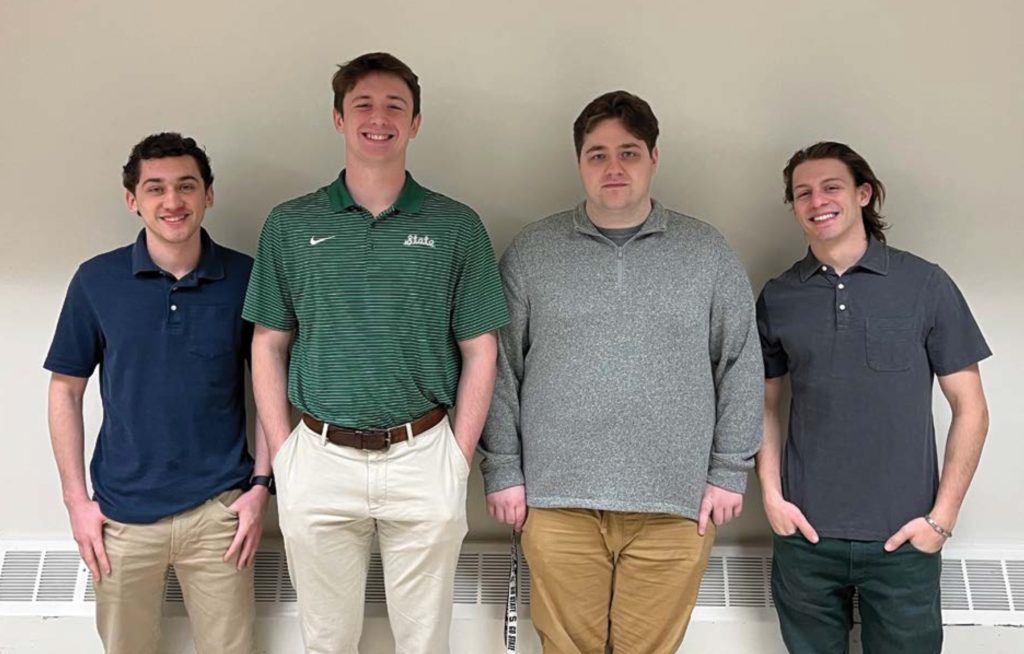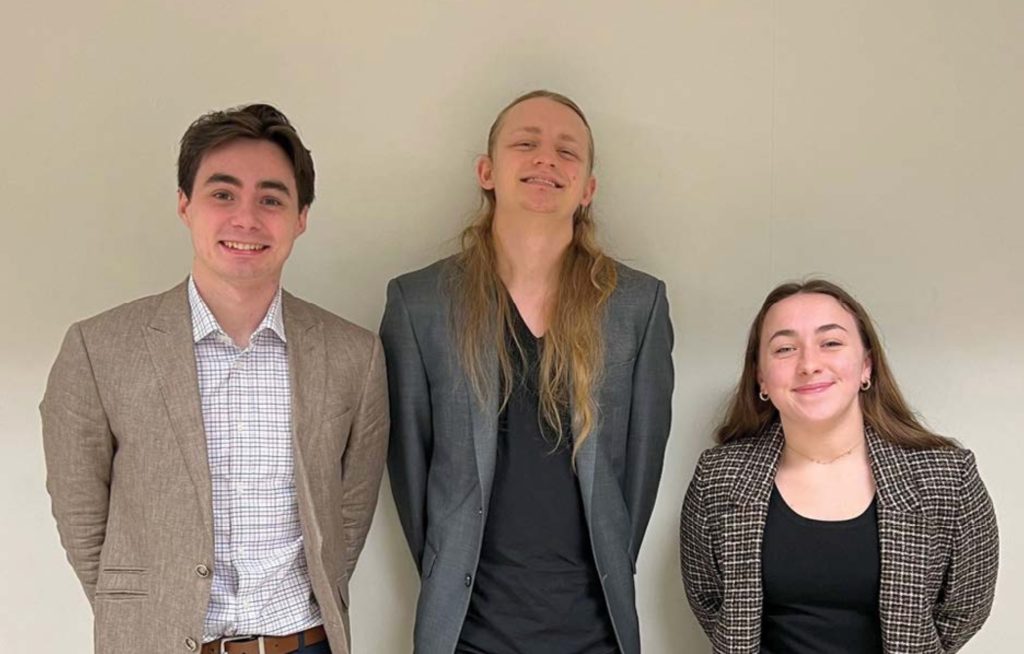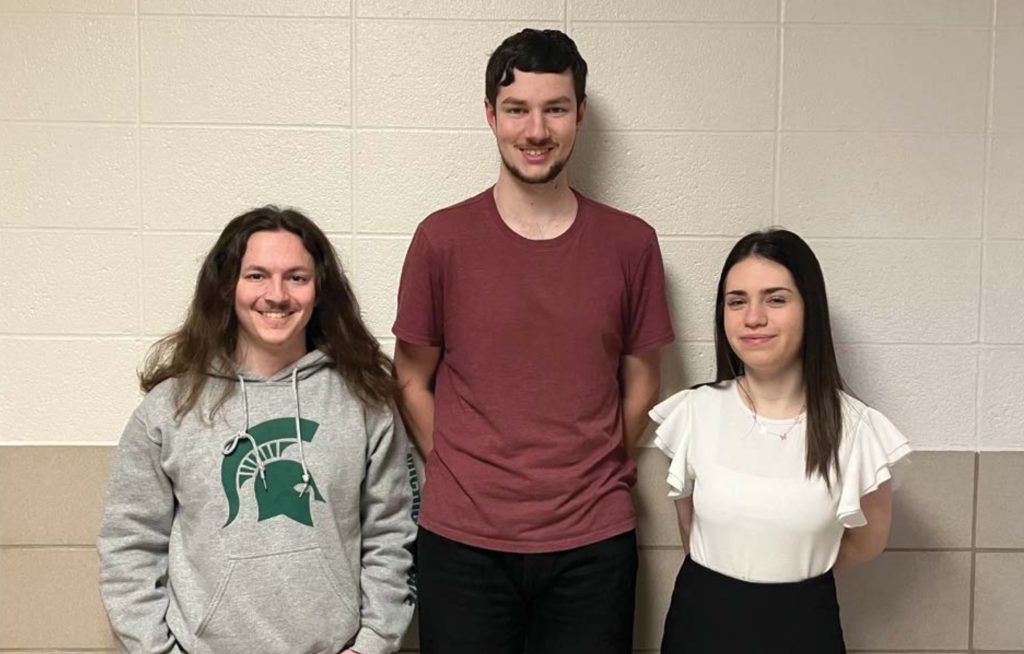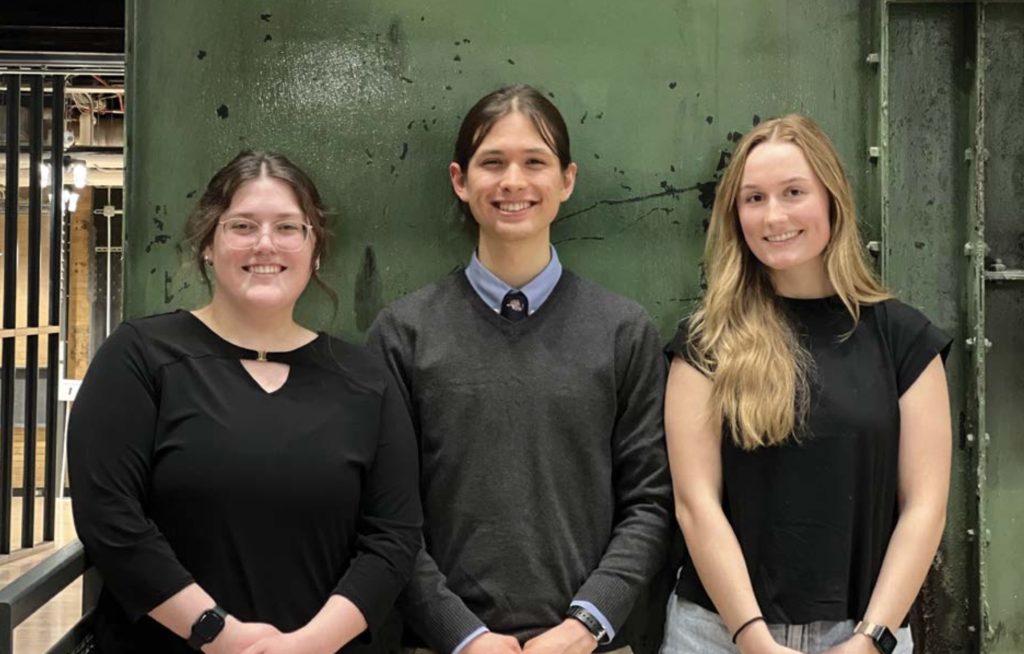Course Description
MSE 466 is a senior level course for Materials Science and Engineering majors that provides students with a team-based capstone design experience. A major aspect of this course is having the students apply their course-learned background knowledge and critical thinking skills in materials science and other disciplines to real-life materials failure problems. Such failures are a major motivating factor for promoting more innovative designs or design changes. A failure analysis investigation provides a unique platform to design and solve real-world engineering problems via a systematic engineering approach. By focusing on specific component failures, the student teams learn how to confront open-ended problems that require them to develop a strategic design plan and to execute the methodology for assessing how and why the failure occurred. These open-ended studies are conducted using established investigative procedures and constraints for carrying out failure analysis. This semester, there are three 3-member teams and one 4-member team carrying out investigations on real materials failures.
Team Name: Snowboard Snow Problems
Project Name: Capita D.O.A Snowboard Failure Analysis
Time: 9:00 a.m.
This study carried out a comprehensive failure analysis on a snowboard that experienced a fracture on the board just outside the binding region during routine use, rendering the board unusable. The fracture surfaces and surrounding materials
were carefully documented, and a variety of analysis techniques were utilized to better understand what caused the failure. The investigation involved a series of tests, including fatigue testing, scanning electron microscopy (SEM) examination, bend testing, Charpy Impact testing, and chemical analysis, alongside other mechanical and chemical tests. Through these experiments, insights were gained regarding the underlying causes of failure, which may aid in advancements in product quality and safety
in sports equipment manufacturing.
Team Name: Brake Down
Project Name: Examining the Failure of a 6KU Bike Brake Caliper
Time: 9:30 a.m.
Bike brakes work by adding friction to a wheel by way of a cable and caliper. This is achieved by pulling on the cable, which will bring the wheel into contact with the brake pads.
A 6KU front bike brake caliper experienced a catastrophic fracture along the connection between the caliper and cable adjuster during a routine brake pad replacement. The part and its fracture surfaces were analyzed using a variety of techniques including microscopy, hardness testing, and chemical analysis. Through this examination, additional insights into the failure of this brake caliper were revealed.
Team Name: Foilure Analysis
Project Name: Analysis of Failure Mechanisms in a Fencing Foil
Time: 10:00 a.m.
Failures in fencing foils occur commonly, often resulting in injuries. This project investigated the mechanism by which a fencing foil failed in an unpredictable and dangerous manner. The detailed investigation behind the material design was expected to be helpful in preventing future injuries in fencing. In this study, the failure mechanisms were investigated through the examination of the fracture surfaces, using various testing methods such as geometric measurements, stereomicroscopy, scanning electron microscopy, hardness testing, metallographic analysis, chemical analysis, and Charpy impact testing.
Death by a Thousand Cups
Project Name: Polycarbonate Cup Failure
Time: 10:30 a.m.
Polycarbonate (PC) is a relatively inexpensive and versatile thermoplastic material commonly used in the medical, automotive, and food industries. PC is valued for its optical clarity, strength, and thermal stability. Drinkware made out of PC is often advertised as “unbreakable” due to the material properties listed above. However, a polycarbonate cup was presented containing cracks around the circumference of the base. To determine how an “unbreakable” cup had failed, many analytical techniques, including multiple forms of microscopy, chemical analysis, and mechanical evaluation, were utilized. The investigation resulted in a clearer picture of the means of failure.






